Latest Posts
A Guide to SD Card Speed Class: U1 vs. U3
Introduction
Understanding SD card speed classes is essential when picking the right one for your camera, phone, or device. SD Card U1 vs U3 have different speed levels, therefore, it matters for professional and casual users to handle big files or shoot videos.
What’s more, this write-up breaks it down, helping you pick the best card for your specific needs.
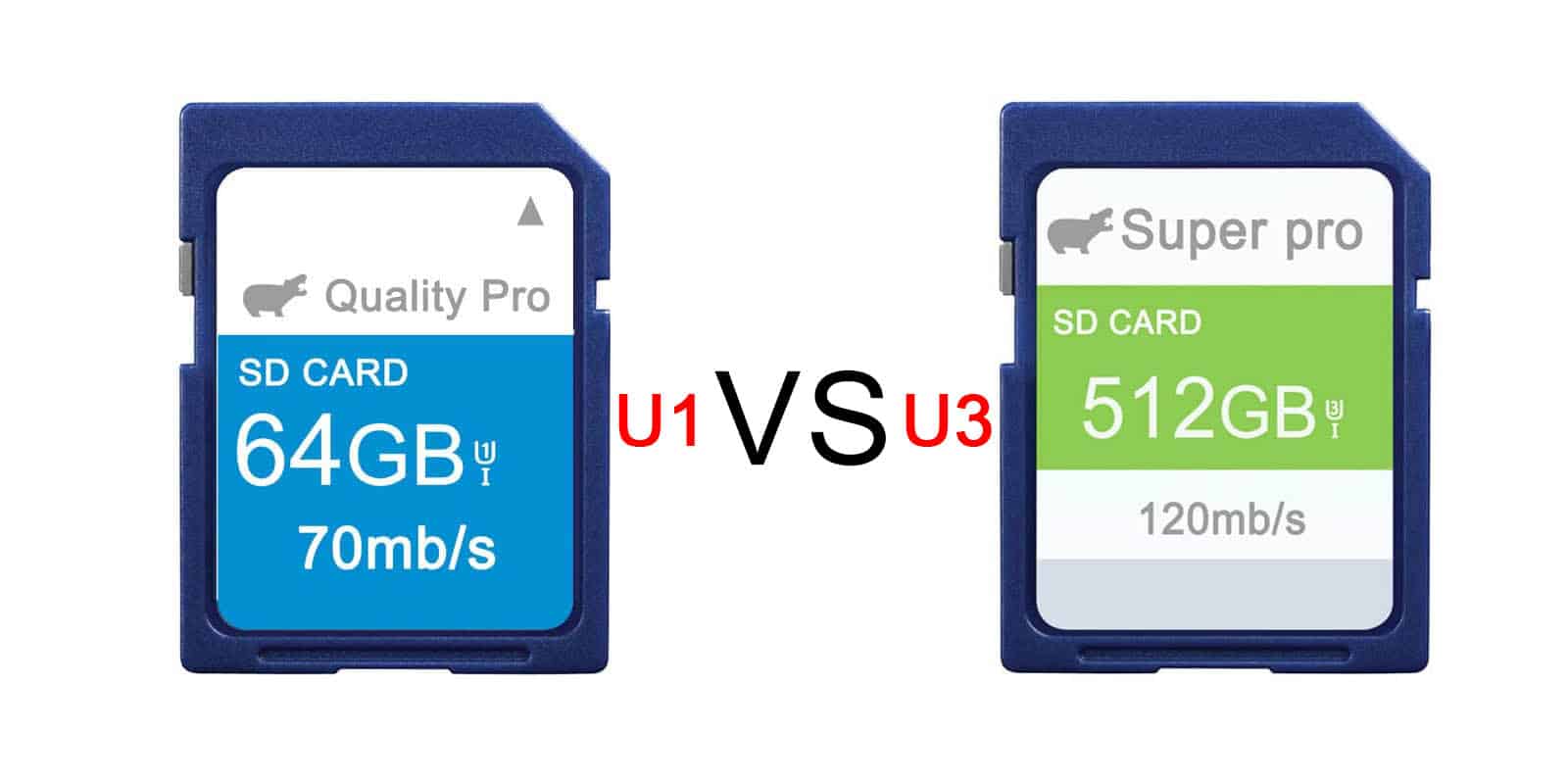
SD Cards: Overview
First appeared in 1999, SD cards were made to meet the need for small, reliable storage. The demand for high-quality media and complex software led to the development of more extensive, quicker storage solutions, making them essential for handling modern digital files.
These cards allow users to save and transfer data efficiently. Depending on the device, they can store media, apps, and system files for quick access.
Types of SD Cards
SD cards have three main sizes: standard SD, miniSD, and microSD.
|
SD Card Type |
Capacity Range |
Common Uses |
|
SDSC |
Up to 2GB |
Basic storage needs |
|
SDHC |
4GB to 32GB |
HD video, larger photo files |
|
SDXC |
32GB to 2TB |
4K video, extensive data |
Pros and Cons of SD Cards
Pros
-
-
- SD cards are compact and easy to take anywhere.
- Swapping them between devices for quick file transfers is simple, and they’re an affordable option.
- They offer various sizes and speeds to meet different storage needs.
-
Cons
-
-
-
- Their small size makes them vulnerable to physical damage like bending or breaking.
- Data corruption is risky if the card is removed improperly or used in harsh conditions.
- Moreover, with regular use, their performance can degrade.
-
-
Key Parameters for SD Card Performance
-
-
-
- Speed Class indicates the minimum write speed of the card, which is vital for tasks like video recording.
-
-
| Parameter | Details |
| Class 2 | 2 MB/s |
| Class 4 | 4 MB/s |
| Class 6 | 6 MB/s |
| Class 10 | 10 MB/s |
-
-
-
- Ultra High-Speed ratingsindicate faster performance, particularly for higher-resolution video.
-
-
| UHS Class | Max Speed |
| UHS-I | 104 MB/s |
| UHS-II | 312 MB/s |
| UHS-III | 624 MB/s |
-
-
-
- Video Speed Classis designed for high-resolution video recording. It ensures minimum sustained write speeds.
-
-
| Video Speed Class | Min Sustained Write Speed |
| V6 | 6 MB/s |
| V10 | 10 MB/s |
| V30 | 30 MB/s |
| V60 | 60 MB/s |
| V90 | 90 MB/s |
-
-
-
- The Bus Interfacedefines how fast data can be transferred between the card and the device. There are different types of bus interfaces, each supporting different speed ranges:
-
-
| Bus Interface | Speed Range |
| Default Speed | 12.5 MB/s |
| High Speed | 25 MB/s |
| UHS-I | 104 MB/s |
| UHS-II | 312 MB/s (uses additional pins) |
| UHS-III | 624 MB/s |
| SD Express | 985 MB/s (uses PCIe & NVMe) |
-
-
-
- Capacityis the measure of data the card can retain.
-
-
| SD Card Type | Capacity |
| SD | Up to 2 GB |
| SDHC | 2 GB to 32 GB |
| SDXC | 32 GB to 2 TB |
| SDUC | 2 TB to 128 TB |
SD Card: U1 vs U3
The speed classes in these two types affect how the card manages fast data transfers and video recording.
U1 (UHS Speed Class 1)
U1 cards provide a 10MB/s write speed, making them suitable for everyday tasks. Furthermore, you can use them for Full HD video, light photography. Meanwhile, it can store files like music and apps on your phone or tablet.
U3 (UHS Speed Class 3)
U3 cards offer a minimum write speed of 30MB/s, making them faster. In addition, they’re perfect for recording 4K video or transferring large files. Photographers shooting in burst mode and videographers using high frame rates rely on U3 cards.
Comparison – SD card U1 vs U3
1. Speed
That added speed is key for handling large video and photo files without lag. U1 cards give you 10MB/s, while U3 bumps it up to 30MB/s.
2. Cost
U3 cards usually cost 20% to 50% more than U1 depending on brand and size. In fact, U1 cards are more affordable and work fine for most general users. For those needing speed, U3 cards are often worth the extra price.
3. Applications
U1 Cards: For Full HD videos, photos, or apps, U1 is an excellent option. Therefore, photographers and videographers working in 1080p will find it reliable.
U3 Cards: U3 cards are designed for high-demand use. No matter you’re recording 4K or capturing high-speed shots, they give you the speed and consistency required. Video, vlogging, as well as photography professionals rely on them for fast transfers.
U1 vs U3: Choosing the Right SD Card for Your Device
Your device determines whether to use U1 or U3 SD cards.
Cameras
For shooting 1080p videos, a U1 card can handle the data rate for Full HD at 30fps and 60fps. However, when moving to 4K or higher resolutions, you’ll need a U3 card. Because 4K demands faster speeds, and using a U1 card could cause dropped frames.
High frame rates, like 60fps or 120fps for slow motion, also require the speed that U3 cards provide. U1 cards might fail to keep up, leading to corrupted files.
For burst shooting modes, U3 cards manage rapid shots more efficiently without slowing down the camera’s buffer. However, U1 cards might struggle, delaying shots.
Smartphones
For app storage and gaming on Android, U3 cards work well. Their faster speeds ensure quick app launches and smoother gaming. Moreover, U1 cards can work for photos and videos but may slow down when used for larger apps.
If you regularly shoot 4K videos on your phone, opt for a U3 card. In contrast, U1 cards may struggle with large file sizes slowing transfer speeds.
Drones
For example, 4K drones need U3 cards for the best performance. As They ensure smooth video recording and fast data processing. Also, U1 cards might stutter or cause quality issues during recording.
Gaming Consoles
For consoles like the Nintendo Switch, U3 cards are not only improving loading times but also game performance by handling larger game files faster. Although U1 cards are usable, the slower speed impacts the gaming experience.
Other Devices
Devices like dashcams and security systems generally work fine with U1 cards because they have lower data demands. While, for high-resolution video on tablets or high-end dashcams, U3 cards are recommended for smooth performance and faster data writing.
U1 and U3 Testing Results
SanDisk and Kingston have tested U1 and U3 cards, revealing significant speed differences. Below is a table that shows the average performance across some tests.
|
SD Card Type |
Average Write Speed |
Average Read Speed |
Time |
Recommended Uses |
|
U1 |
10-20 MB/s |
40-80 MB/s |
A 4GB file transfer might last 3-5 minutes |
Full HD video, casual photos |
|
U3 |
30-90 MB/s |
90-160 MB/s |
A U3 card cuts it down to under 2 minutes |
4K video, high-speed bursts |
Last Words: Making the Right Purchase
In a nutshell, a U1 card is good for Full HD video and regular photography. Besides it, for 4K video or burst shots, a U3 card is better. Consequently it offers faster write speeds that prevent dropped frames and ensure smooth performance.
Before buying, check if your device supports U3 speeds. Older models might not, so U1 could be the smarter choice. For newer devices, U3 provides faster transfers. Also, thinking about storage capacity if you’re handling large files. All in all, SDXC cards offer more capacity but at a higher price.

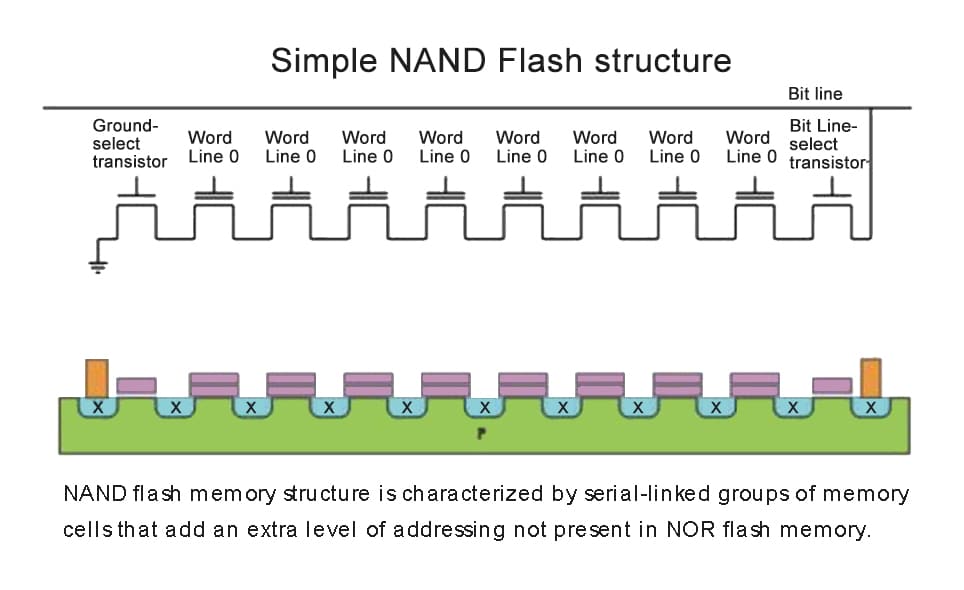
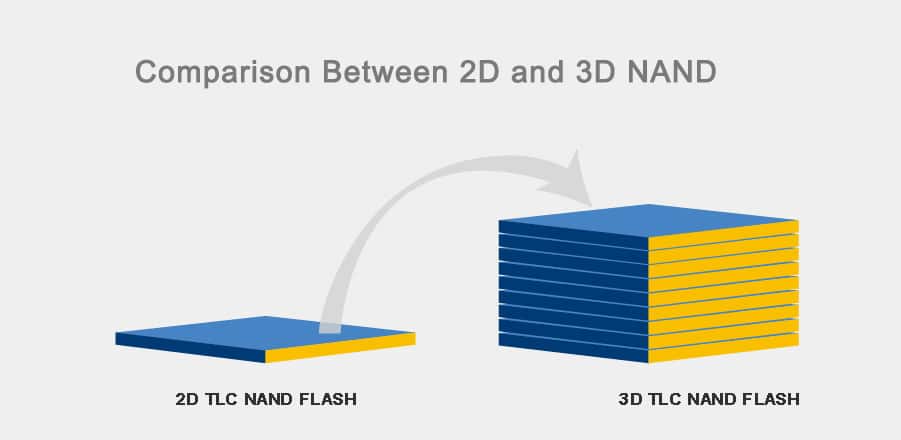
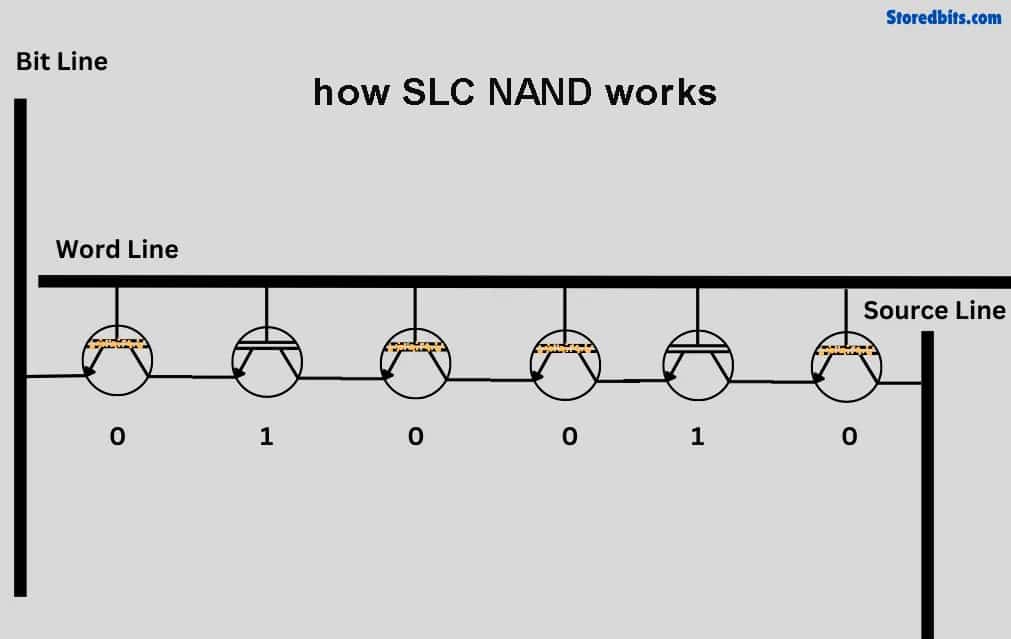
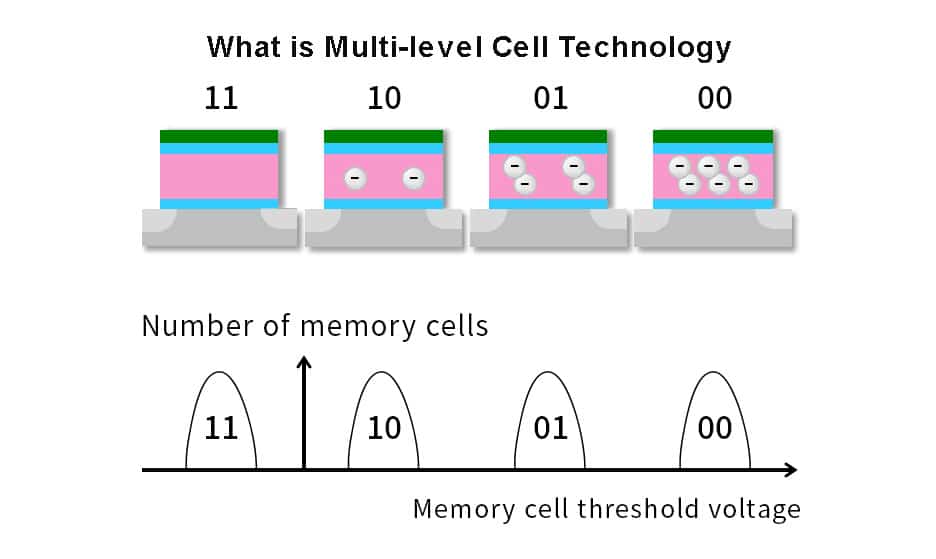
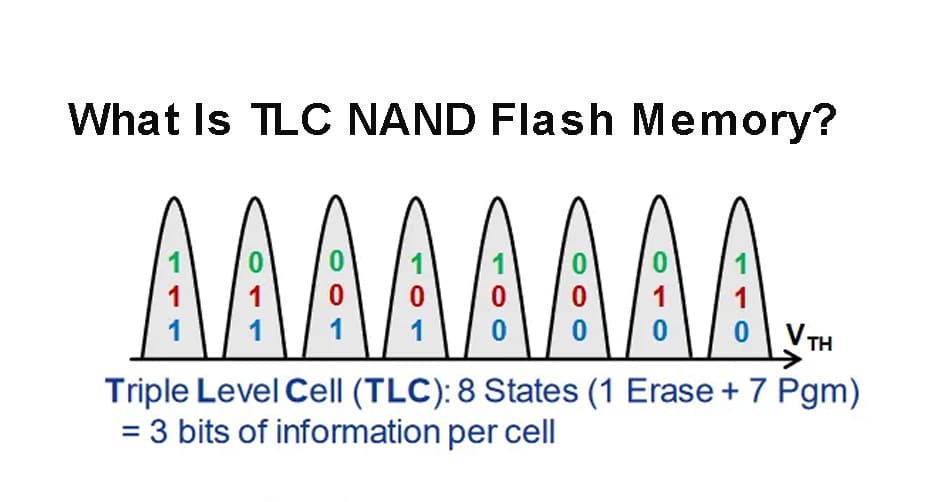
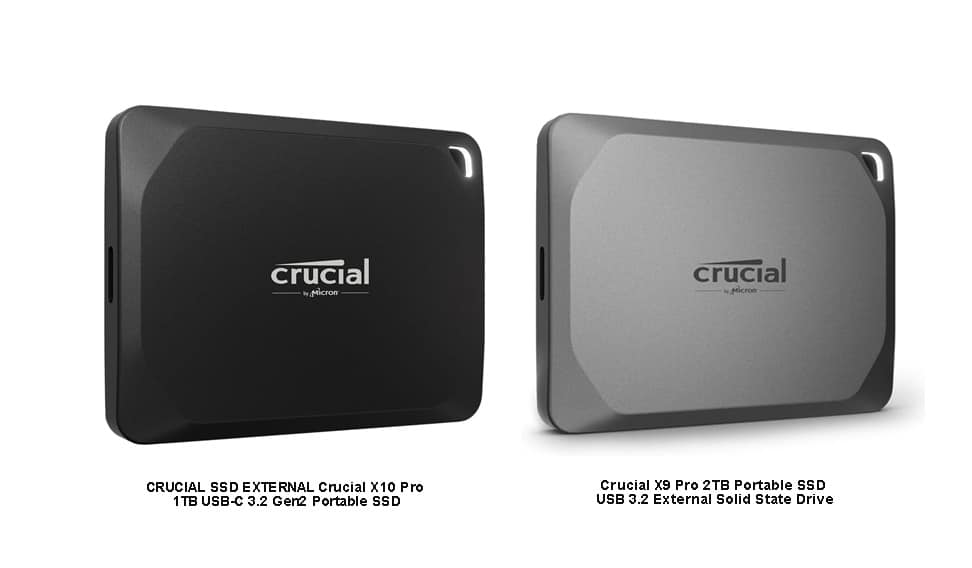
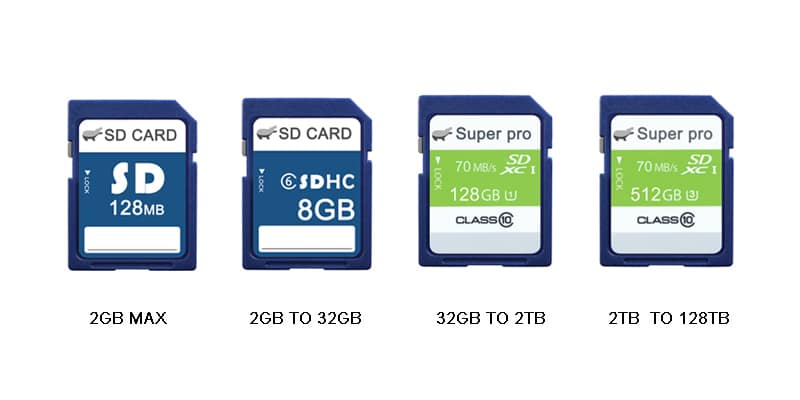
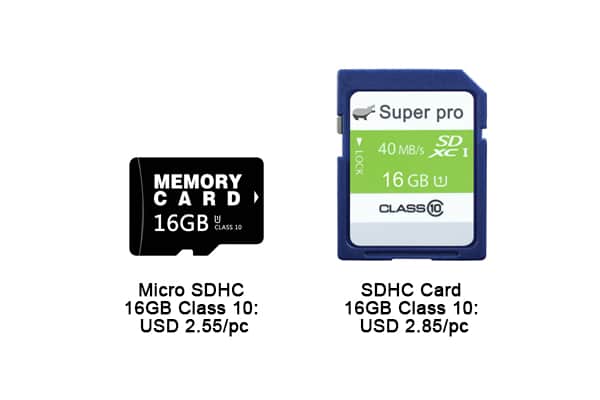
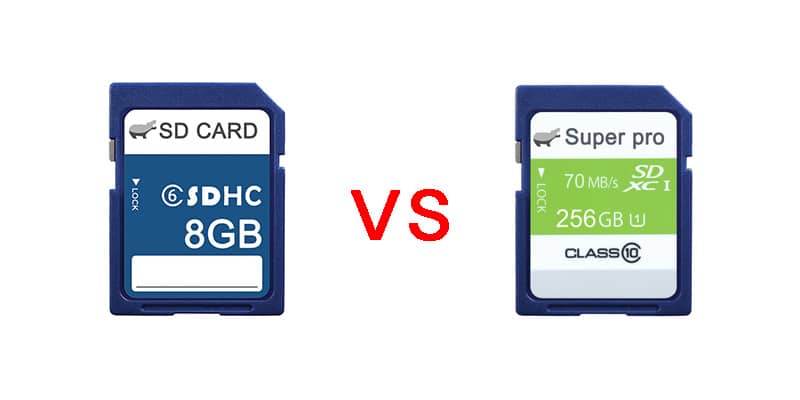
Leave a comment